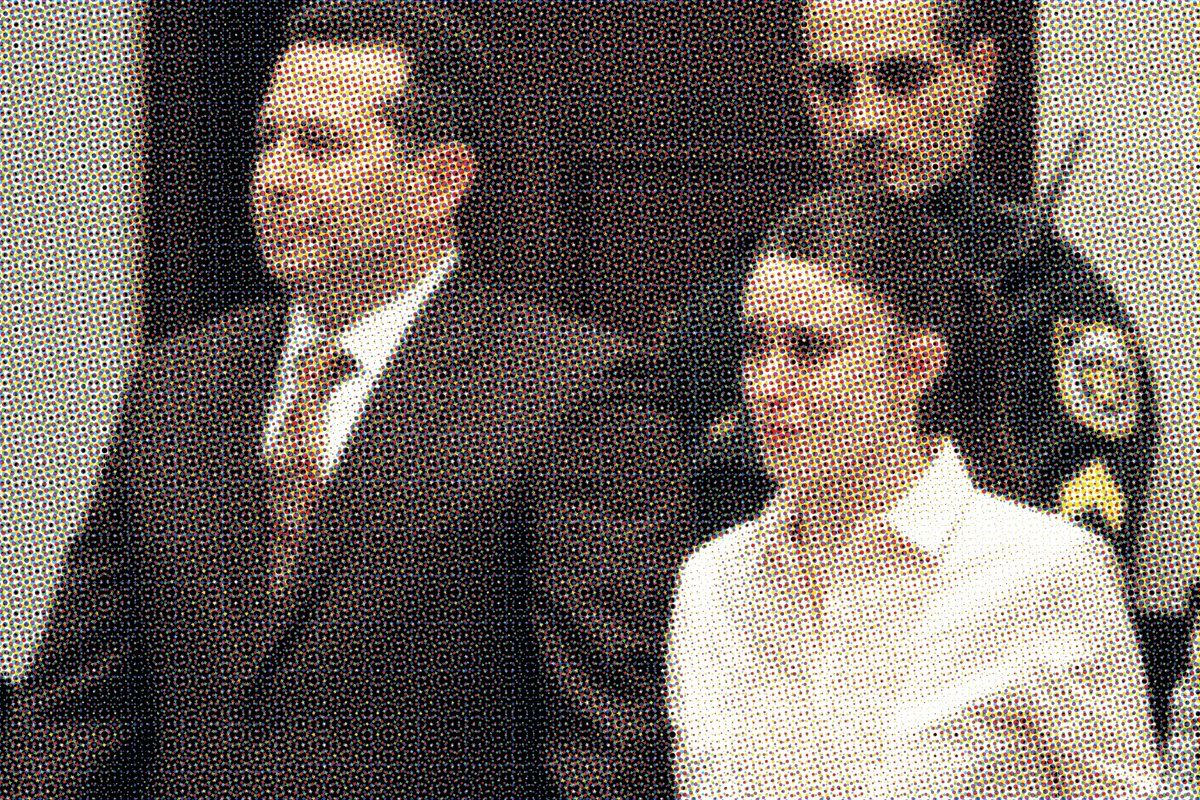
This past year was a lurid one for American criminal trials: Michael Jackson's anesthesia-happy doctor, the Connecticut home-invasion death-row duo, Cleveland's "house of horrors" serial slayer, Arizona's Baseline Killer. But no case so captured the country's imagination or inflamed public opinion as the trial of Casey Anthony, the pretty Florida mother accused of murdering her toddler, Caylee.
Anthony's story had all the hallmarks of a trial for the ages. It was grisly, full of macabre twists and turns. In July 2008 she called police to report her daughter missing. She claimed a nanny named "Zanny" had abducted the girl a month earlier—but Anthony's abandoned car, found at an impound lot, stank of decomposing flesh and was infested with maggots. Police quickly discovered that Zanny was an elaborate fiction, as was Anthony's purported job at Universal Studios. All the while, Casey insisted to her parents and to authorities that Caylee was still alive. The family issued tearful televised pleas for leads. Five months later, the baby's remains were found in a trash bag, abandoned in the woods behind the Anthony home. Around Caylee's mouth, someone had plastered a strip of duct tape with the imprint of a tiny heart.
The story also had a perfect villain in Casey. The young, single mother exhibited the telltale traits of a classic sociopath. The compulsive lying. The curious lack of emotion: during the weeks Caylee was missing, Casey partied with her new boyfriend, enrolled in a "hot body" contest, and got a tattoo that read Bella Vitae, or "beautiful life." The grandiose self-worth: people close to Anthony told reporters that in the early days of the saga, the then-22-year-old was obsessed with media attention and spent time flirting with groupies on Facebook. The shallow affect: Casey smirked at inappropriate times in the courtroom and subjected her defense team to infantile temper tantrums. The public loved to hate her, and pronounced her guilty as charged long before the trial even began.
If Casey was the chief antagonist, the witness stand offered up a cast of side characters worthy of the strangest fiction. Behold Roy Kronk, a meter reader who first found Caylee's tiny skeleton in the underbrush and whom the defense accused of moving the child's remains in an effort to clinch reward money. Behold Casey's brother, Lee, who painted a picture of deep family dysfunction when he disclosed that his parents refused to talk about his sister's pregnancy until five days before her due date. Behold mother Cindy, whose dramatic 911 call about the stench of "a dead body in the damn car" riveted jurors and who seemed to waver between deep grief for her dead granddaughter and desperate attempts to save her own child—claiming, for example, that she had been the one to Google "chloroform" on the family computer, even though records placed her at work when the searches were performed.
The most polarizing figure, besides Casey herself, was the paterfamilias, George. Defense attorneys tarred the former police officer as a tyrant who had allegedly molested Casey and who harbored a secret mistress named "Krystal" (charges George vehemently denied). The defense even hinted that George or Lee might be Caylee's real father, even though DNA tests had already excluded them. In the most incendiary postulation—one that was never backed up—the defense claimed Caylee had accidentally drowned in the grandparents' pool and that George disposed of the body. Prosecutors countered that George was a good parent—jailhouse videos showed Casey praising her father's character—and that George had been so distraught over the tragedy that he'd tried to take his own life.
In the end, the thing that made Casey Anthony's trial so memorable was the sliver of doubt that allowed the jury to set her free. Unlike the Connecticut home-invasion killers or the Cleveland serial murderer, in this case no direct evidence—DNA or otherwise—definitively linked Anthony to the crime. True, circumstantial evidence seemed strong—cadaver dogs, hairs in the car trunk. But in the end, the jury just couldn't convict. The real story of what happened to Caylee will be forever lost in the strange tangle of seeming half-truths and lies spun by George, Cindy, Lee, Casey—the whole Anthony lot.
Uncommon Knowledge
Newsweek is committed to challenging conventional wisdom and finding connections in the search for common ground.
Newsweek is committed to challenging conventional wisdom and finding connections in the search for common ground.





